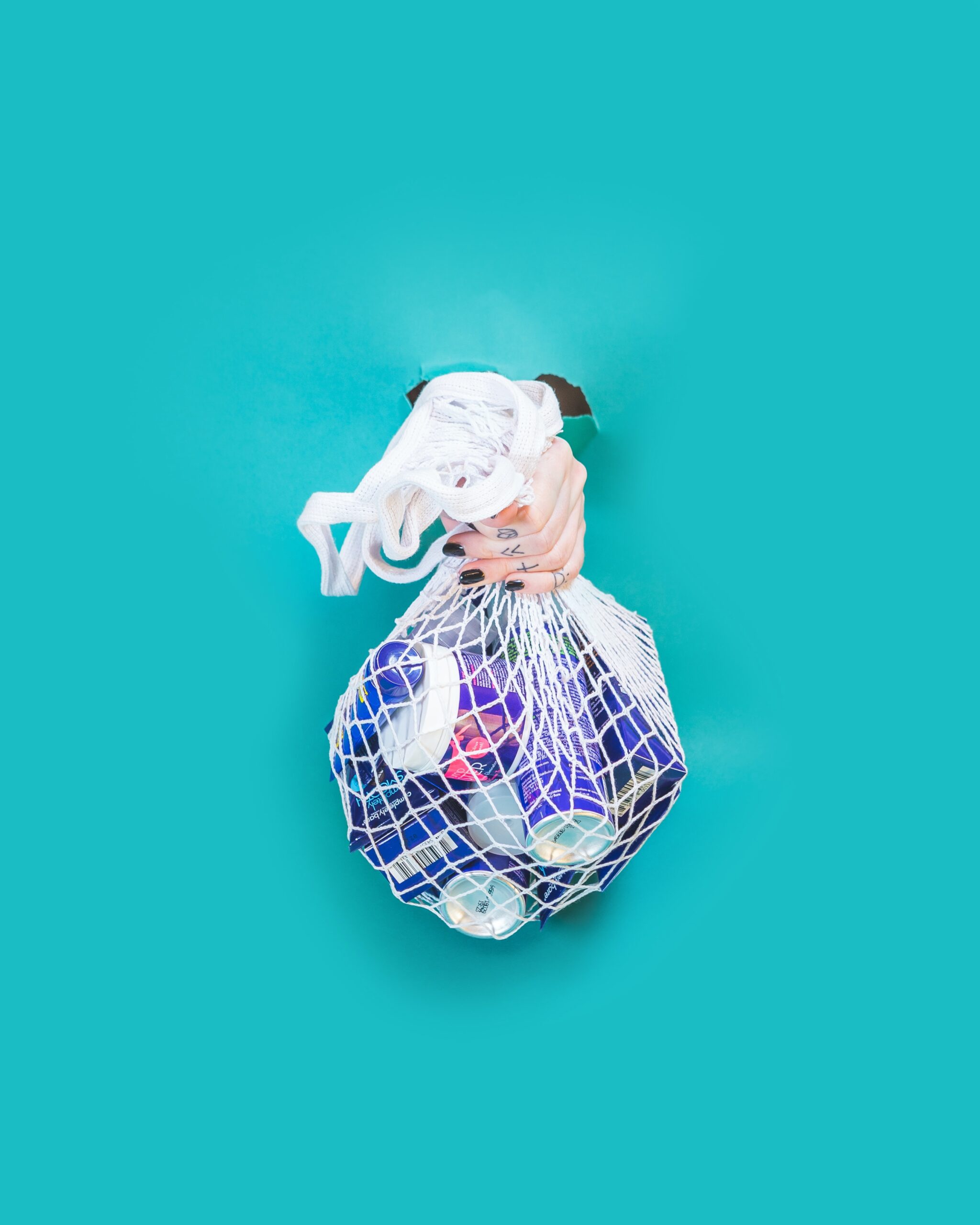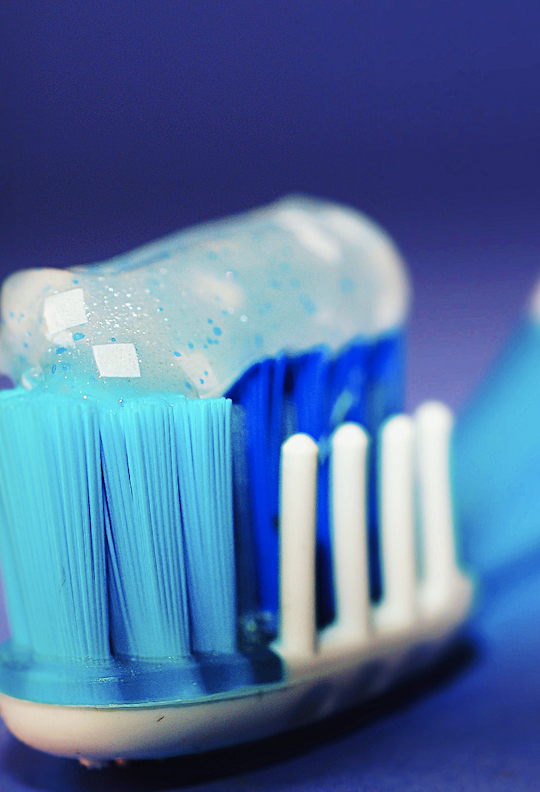
ECHA is initiating a new ban against Micro-plastics. Microplastic is a plastic fragment, usually smaller than 5mm. It can be found in almost every product we come in contact with, from toothpaste to our clothes to our packaging. Infamous for containing very harmful toxic chemicals, they are known to have bisphenol A, Phthalates, Pesticides and polychlorinated biphenyls. Even though some of them are intentionally added to serve a specific purpose, they aren’t always necessary as we have alternatives that might prove to be more beneficiary. The longevity of plastic is its biggest attraction as well as its downfall. They are used with a heavy hand all across the globe, in fertilisers, in cosmetics and in most other products. In the EU, over a year, 42,000 tons of microplastic has been estimated to be released just from cosmetics alone.
WHAT ARE SOME ALTERNATIVES?
Many big named cosmetics and skincare brands have started using more green methods for packaging and production. For example, paper-based tube developed by L’Oreal and Albea or biodegradable jars made of FSC-certified woodchips and natural binders are some of the alternatives in the market. Moreover, apart from the plastics in the packaging, microplastics in the products also have alternatives. Such as the biodegradable microbeads made using a solution of cellulose called Naturbeads. This raw material is currently being sampled to companies and the cosmetic industry to be tested in various formulations. Naturbeads has been successful in their project as a result of the Innovate UK grant. And certainly, more innovation is yet to come with research.
WHAT IS ECHA PROPOSING TO HELP SOLVE THIS ISSUE?
With the rising concern about environmental sustainability and the search for ethical raw materials alternative to plastic in cosmetics, ECHA has proposed a Microplastic restriction. Currently undergoing the risk assessment and socio-economic analysis, ECHA’s restriction on intentionally added microplastic is being considered for enforcement after 6-month consultation where stakeholders raised concerns about its applicability in society and its ultimate outcomes. In doing so, they have decided the restriction to be beneficiary to both the environment and human health.
The size limit is of 100nm is recommended by the Socio-Economic Analysis as temporary to enforce the restriction immediately. This is to settle the concerns about the transitory period which is to be decided tentatively. ECHA is aiming to propose this restriction against the forever chemical by 2022. The restriction is predicting a 90% decrease in microplastic comparatively to the baseline production right now.
We must now ask ourselves is how this will affect business’ regulations in the EU market.
Will this be the change for the future?
in addition to that, what obstacles might businesses face in the transition?
All valid questions which we must ponder on.


